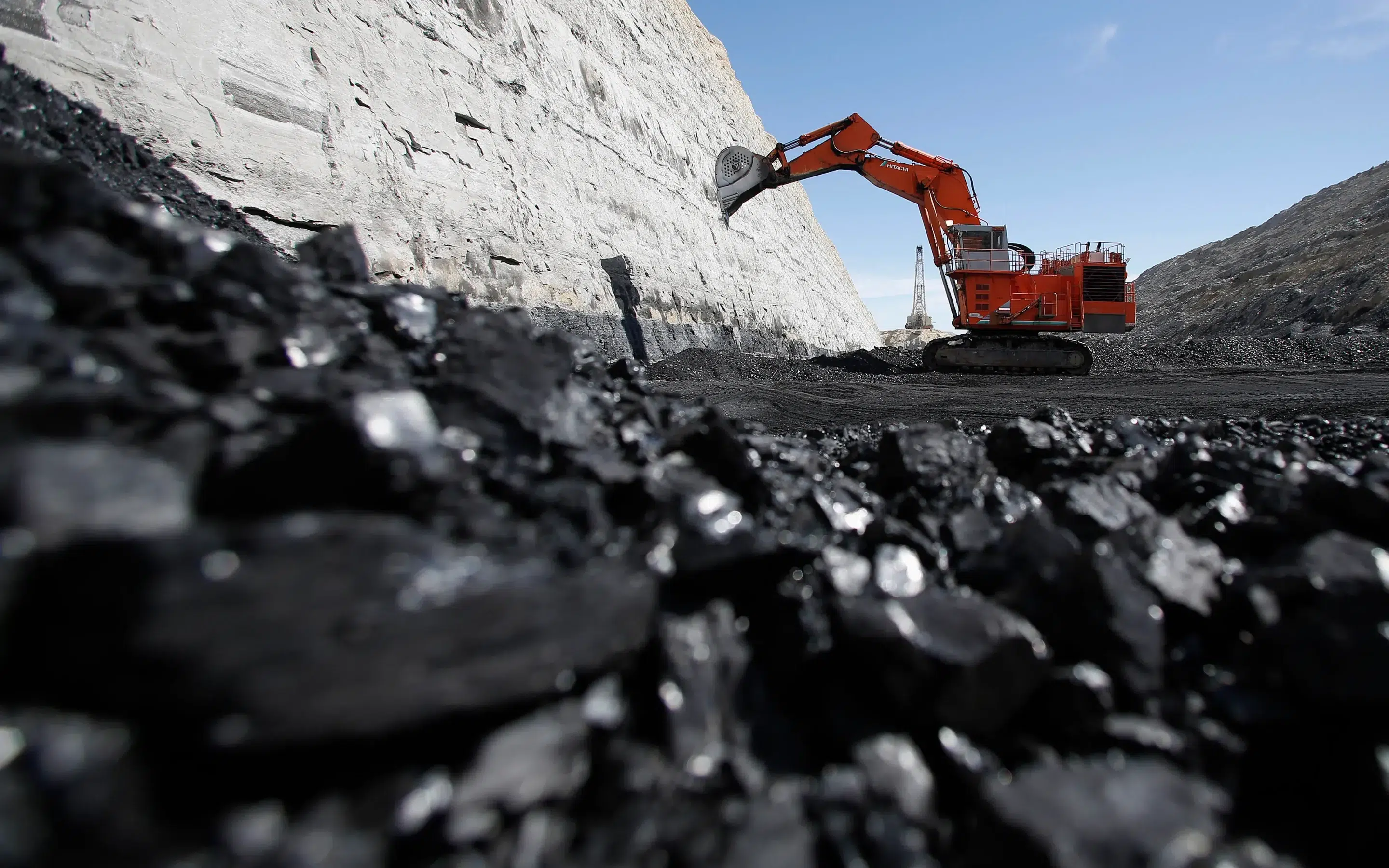Environmental Policy Brief #182 | William Campbell | October 2025
Most economic and energy analysts define coal as having an impending obsolescence, regardless of government intervention. Forcing more years out of coal plants that are aging past their end of life will end up passing unnecessary costs onto consumers. A study by independent consulting firm Grid Strategies has found that the real cost of mining defunct coal facilities will end up costing end consumers up to $6 billion a year USD.
Despite the administration’s efforts to revive the coal industry, economists project that consumer sensibilities will lead them to eventually start relying on more efficacious and financially solvent energy resources. As coal becomes precipitously less competitive, its market share will atrophy, even if funds are continuously pumped into it. In September of 2025, it was announced that $625 million would be apportioned for updating and retrofitting coal-producing facilities in the U.S.. However, it has generally been considered a fruitless endeavor, given that said sum won’t go far in modernizing decades-old plants.
Eliminating or relaxing restrictions on wastewater discharges from coal plants, as proposed by the Trump administration, would cause water treatment plants to operate at higher capacity and scrutiny. Assurances of air and water pollution control would disappear, increasing greenhouse gas emissions. The atmosphere would be filled with increased pollutants from heavy metals, mercury, soot, and sulfur dioxide, which are linked to chronic cardiovascular, neurological, and respiratory conditions, as well as cancer.
These would not only be a burden on the human condition, but it would cause a titanic strain on the healthcare industry and the productivity of the work force. The health and safety programs cut during the current administration would also cause problems for miners themselves. Deregulation has cut the number of inspections for worker safety, as well as free health screenings for workers. This could lead to a host of respiratory illnesses, not the least of which would be a systemic return of black lung disease. The workers needed for reclamation efforts in the mines have been cut, raising another flag that this project is going to be paid off by taxpayers, not the coal companies being subsidized. Analysts have stated that the current initiative to revive the coal industry is only going to create a short-term increase, as cheaper and safer options continue to grow in the market.
Policy Analysis
Given the number of pitfalls apparent in this move to prop up the coal industry, why has the current administration decided to do so? There are two main reasons: The first is to meet a rising demand for energy. With the technological boom of artificial intelligence (AI) and a reinvested attempt to grow America’s manufacturing sector, there is a growing need for power. For better or worse, the administration sees coal as the safest option to meet increased energy demand in part because it isn’t reliant on weather conditions as some renewable energy sources are. This said, most specialists have argued that through responsible grid management, the intermittency of solar and wind power would rarely, if ever, become a problem.
The second reason is to support US economic development through the support of job creation, deregulation, and a focus on domestic energy production. Deregulation campaigns will happen with or without this effort to treat coal as non-fungible. It has been part of the platform of conservative administrations for the last forty years, as has an effort to promote domestic energy use. Coal industry sponsored job creation might happen in the short term, but is unlikely to last in the face of a lack in the demand for coal.
Engagement Resources
Stanford Institute for Economic Policy Research (SIEPR)
Institution for Energy Economics and Financial Analysis

